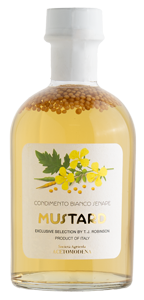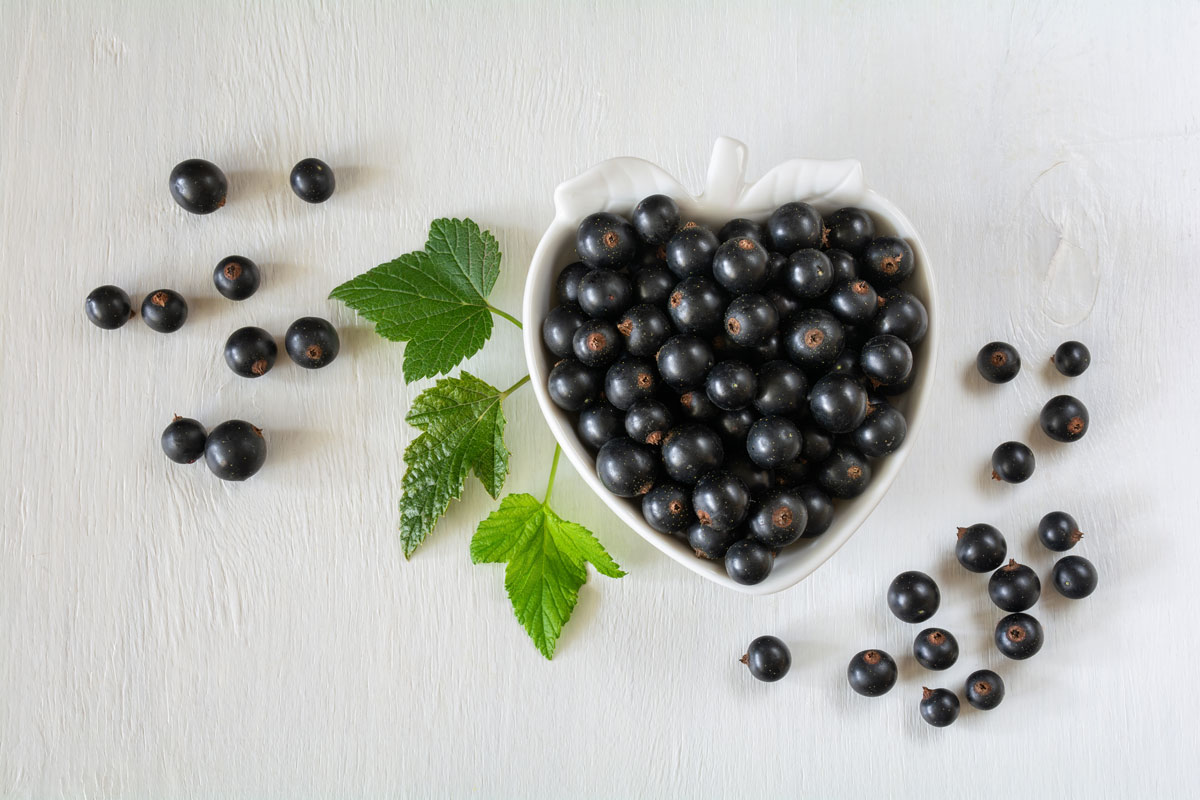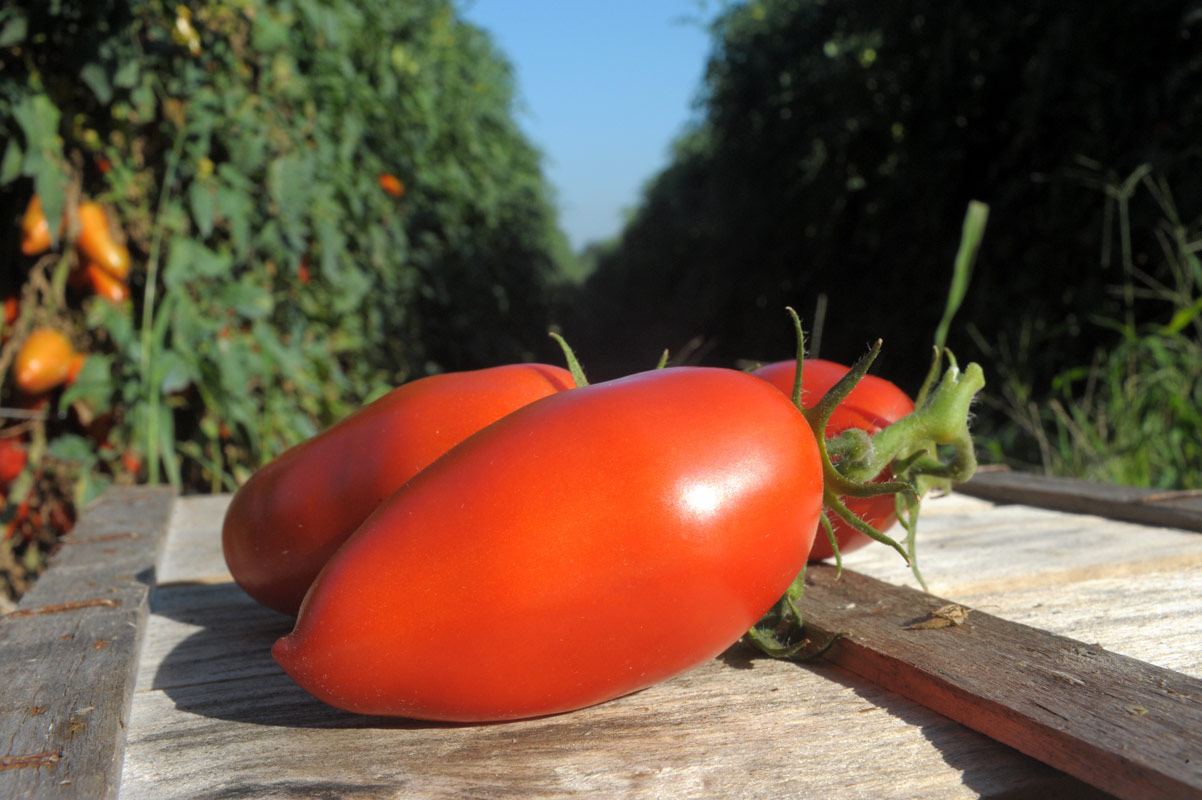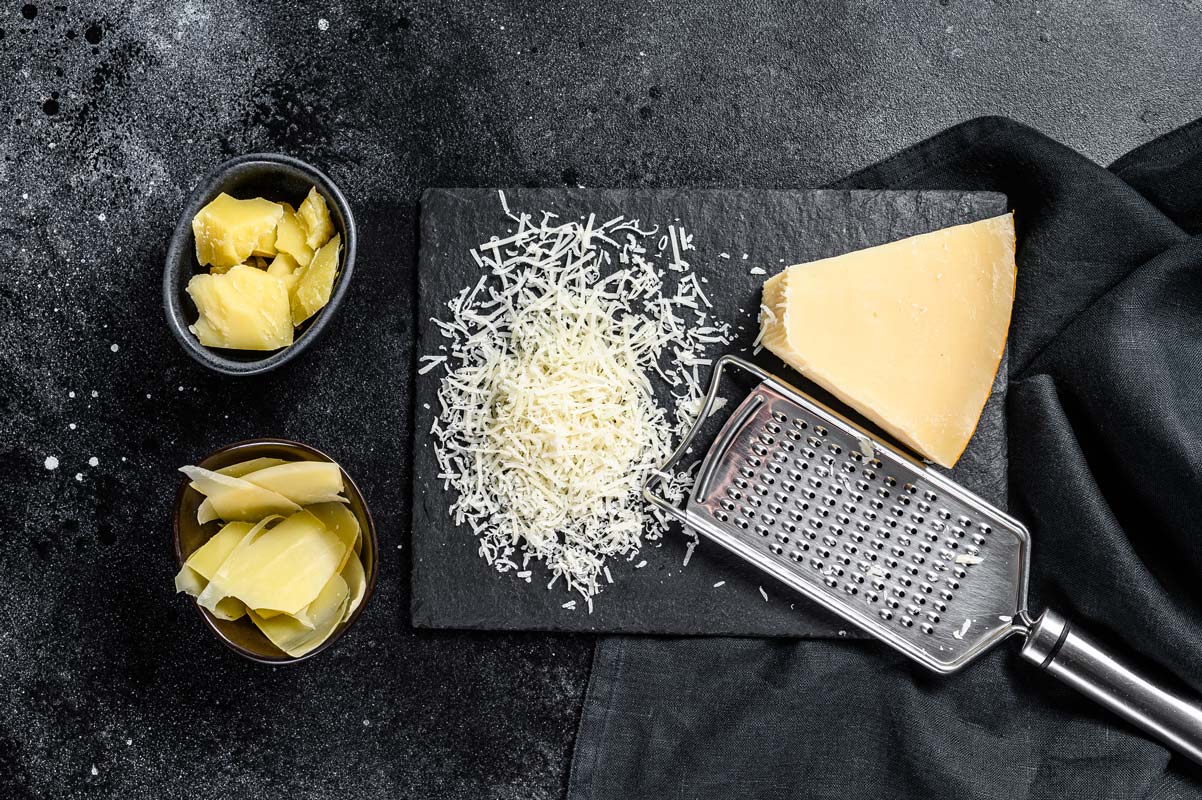Jhinga Manchurian and All-American Gingerbread Cookies Recipes, Spotlight on Purple Garlic Powder and Ground Buffalo Ginger Root, Preserving Spices, Treating Metabolic Syndrome and Powerful Pilates
Get ready for two of my most richly spiced recipes yet: a succulent sautéed shrimp dish and zesty gingerbread cookies. They exemplify how you can achieve layers of flavor with the right blends of spices. In addition to turning the spotlight on two ground spices—ginger and garlic— this edition of the newsletter highlights a new approach to combating metabolic syndrome, which now affects one-third of American adults, and the exercise discipline Pilates, a unique approach to becoming stronger and more confident.
Jhinga Manchurian
 Jhinga Manchurian
Jhinga ManchurianThis Indian dish with Chinese influences has just enough spice for a nice kick and is a deliciously exotic prep for shrimp.
Ingredients
For the shrimp:
- 1/4 teaspoon freshly ground Vine-Ripened Black Peppercorns
- 1/4 teaspoon Marash Red Chili Flakes
- 1/2 teaspoon Purple Garlic Powder
- Pinch of sea salt
- 4 tablespoons extra virgin olive oil, divided use
- 1-1/2 pounds shrimp, peeled and deveined as needed
For the sauce:
- 1 teaspoon Purple Garlic Powder
- 1 teaspoon Ground Buffalo Ginger Root
- 1 teaspoon Ground Sun-Dried Tomatoes
- 1 teaspoon rice vinegar
- 1 teaspoon sugar
- 2 teaspoons water
- 1 tablespoon chili garlic sauce
- 1 cup chopped scallion
- 1 serrano chile, chopped
- 1 tablespoon chopped fresh cilantro, plus more for garnish
- 1 teaspoon cornstarch
- 1/2 cup water
- Optional: 2 cups of steamed broccoli florets
Directions
Step 1
Prep the shrimp: In a bowl large enough to hold the shrimp, add the black pepper, chili flakes, garlic powder, and salt; whisk well. Add 2 tablespoons olive oil and whisk again. Add the shrimp and toss to coat; set aside.
Step 2
Prep the sauce: In a small bowl, mix the garlic powder, ground ginger, ground tomatoes, rice vinegar, sugar, water, and chili garlic sauce; set aside.
Step 3
Heat a wok over medium-high heat. When hot, add 2 tablespoons olive oil and sauté the shrimp for 2 minutes on each side or until pink and cooked through. Use a slotted spoon to transfer the shrimp to a nearby bowl. Add the scallions, serrano, and cilantro to the hot wok and sauté until soft, about 3 minutes. Stir in the reserved sauce and bring to a boil. Mix the cornstarch with the water and add to the sauce; continue cooking until the sauce has thickened. Add back the shrimp and optional broccoli and toss to coat. Garnish with cilantro if desired.
Yields 4 servings
All-American Gingerbread Cookies
 All-American Gingerbread Cookies
All-American Gingerbread CookiesThe dough for these quintessential holiday cookies can be made a day in advance. After baking and cooling, glaze them with simple icing or use thicker royal icing to create fun patterns.
Ingredients
- 1 tablespoon Ground Buffalo Ginger Root
- 1 tablespoon ground Heirloom Vietnamese Cinnamon
- 1-1/2 teaspoons freshly grated nutmeg
- 1 tablespoonallspice
- 1-1/2 teaspoons freshly ground Vine-Ripened Black Peppercorns
- 1-1/2 teaspoons dry mustard
- 4 cups all-purpose flour, more if needed
- 2 cups white whole wheat flour
- 3/4 teaspoon baking soda
- 1/4 teaspoon baking powder
- 1/4 teaspoon salt
- 2 sticks unsalted butter at room temperature
- 1-1/4 cups dark brown sugar
- 2 large eggs
- 2 tablespoons extra virgin olive oil
- 1 cup molasses
Directions
Step 1
In a small bowl, whisk together the ginger, cinnamon, nutmeg, allspice, black pepper, and dry mustard. In a large bowl, thoroughly whisk together the flours, baking soda, baking powder, and salt, then whisk in the spice mix (this helps to ensure even distribution).
Step 2
Cream the butter and sugar until light and smooth. Beat in the eggs, olive oil, and molasses. When fully incorporated, add the flour mixture at a very low speed, in two or three batches, and mix until a dough forms. If the dough is too wet, add more all-purpose flour, 1 tablespoon at a time. Transfer the dough to a large piece of parchment paper and flatten it, then wrap it up in the paper and chill until firm, about 3 hours.
Step 3
To make the cookies, heat your oven to 350°F. Working with half the dough at a time, roll it out on a large piece of parchment paper dusted with flour to about 1/4-inch thick. Use cookie cutters to make your desired shapes and a large metal spatula to transfer the cookies to ungreased cookie sheets. Bake for 12 to 15 minutes depending on size. Cool for 10 minutes before transferring the cookies to racks to finish cooling. Ice as desired.
Yields approximately 50 3-inch cookies

Healthy Ingredient Spotlight
Purple Garlic Powder and Ground Buffalo Ginger Root
Garlic is a mainstay of nearly every cuisine and is grown around the world. But there’s garlic, and then there’s purple garlic, named for the purple striations on its papery skin. Different from garlic grown on a mass scale, my Purple Garlic Powder comes from an heirloom variety cultivated by local farmers in the mountainous Cao Bằng region in northern Vietnam. You’ll discern the difference on your first taste.
Garlic is the edible bulb of a plant in the lily family, along with other well-known alliums—onions, leeks, shallots, chives, and scallions. It has been enjoyed for 5,000 years, with the earliest uses traced back to Egyptian and Indian cultures. Garlic comes in two varieties, soft neck and hard neck. Hard-neck garlic, like my purple garlic, has a hard stalk, or neck, in the center. The bulbs that grow around a hard neck tend to be more succulent than white garlic. Sweeter and more balanced than run-of-the-mill garlic powder, it has delicious notes of brown butter and toasted hazelnuts. It is so intense that it takes just a 1/4 teaspoon to get the flavor of a garlic clove. Using it in addition to fresh garlic will ramp up the garlic taste.
Garlic powder is a mainstay of dry rubs, marinades, vinaigrettes and other salad dressings, savory dips, tomato sauces, and stews. Perfect for easy peasy garlic bread and croutons and for sprinkling on pizza, it will also enhance chicken piccata, seared scallops, ground meat dishes from burgers to chili, and veggie dishes like mashed potatoes and sautéed spinach. (You’ll get recipes for the bolded dishes and more in the Spice Report that comes with my collection.)
Garlic has been studied for its ability to prevent and treat many chronic conditions thanks to its organosulfur compounds that protect against oxidative stress, a cause of premature aging. Garlic may help reduce the risk of diabetes and cardiovascular disease and, thanks to its antibacterial and antifungal properties, boost the immune system. Because garlic’s compounds are relatively stable, it’s likely that garlic powder retains many of them, according to research published in Frontiers in Nutrition.
With origins in southern China, ginger root has been cultivated for more than 5,000 years. Ginger was not only dried and ground into a rich powder but also preserved and candied. Like nutmeg and other exotic spices, it was a highly valuable commodity that was traded with the West.
The ginger for my Ground Buffalo Ginger Root is also grown in Vietnam’s Cao Bằng region. Buffalo ginger is bigger than other varieties—its large knobs are reminiscent of a buffalo’s horns. It has a subtle spiciness with hints of sweetness, floral notes, and a nice amount of heat with a richness and a warmth missing in run-of-the-mill ginger powders. It is so flavorful it takes just a 1/2 teaspoon to substitute for a 1-inch piece of fresh ginger.
Thanks to centuries of international trade, ginger is part of many global cuisines, from Asia and India to Africa, Europe, and the Americas. It enhances dishes like West African peanut stew, apple crisp, pumpkin pie, and, of course, gingerbread. Add it to hot oatmeal along with diced apples and cinnamon. It pairs beautifully with honey in salad dressings, glazes, and BBQ sauces and in spice mixes like chai masala, baharat, curry blends, and jerk seasoning for chicken, salmon, and shrimp. Sprinkle it on roasted sweet potatoes and squashes and on pineapple carpaccio and sliced peaches.
Ginger was—and still is—widely used as a medicinal to treat upset stomachs, nausea, colds, and even arthritis. Research credits ginger’s hundreds of bioactive compounds, like gingerols and shogaols, for its antibacterial, antiviral, and antifungal properties. More research is needed, but ginger may one day play a role in lowering cholesterol and preventing heart disease and diabetes.

Quick Kitchen Nugget
Preserving your spices
Be sure to close the lids securely on all your herbs and spices, especially those that have been ground into a powder. Moisture, in particular, affects flavor and texture, so make sure your hands and your measuring spoons are completely dry to keep moisture out of the jar and avoid clumping. If any clumps do occur, use the tines of a cocktail fork to break them up.

For Your Best Health
A new approach to treating metabolic syndrome
Health data has shown that over one-third of US adults have metabolic syndrome, a cluster of conditions including high blood pressure, elevated blood sugar, excess abdominal fat, and abnormal cholesterol levels. In a new clinical trial called the TIMET study, published in Annals of Internal Medicine, researchers at the Salk Institute and University of California San Diego School of Medicine found that time-restricted eating—also known as intermittent fasting—could offer significant health benefits to adults with metabolic syndrome.
“For many patients, metabolic syndrome is the tipping point that leads to serious and chronic diseases like diabetes and heart disease,” said co-corresponding author Pam Taub, MD, professor of medicine at the UC San Diego School of Medicine and a cardiologist at UC San Diego Health. “There is an urgent need for more effective lifestyle interventions that are accessible, affordable, and sustainable for the average American.”
Western diets high in sugar, salt, and fat, combined with increasingly sedentary lifestyles, are thought to have contributed to the rising rates of metabolic dysfunction. While the initial recommendation from doctors may be to “eat less and move more,” these lifestyle changes are difficult for most people to sustain long term, said the researchers. They suggest that time-restricted eating offers a more practical approach accessible to a wider range of people, including those already on medication for metabolic syndrome. TIMET is the first study to evaluate the benefits of a customized time-restricted eating schedule in people taking medication, a population group usually excluded from such trials, enabling researchers to measure the benefits of time-restricted eating in addition to existing standard-of-care medications.
“Our bodies actually process sugars and fats very differently depending on the time of day,” said Salk Professor Satchidananda Panda, PhD, holder of the Rita and Richard Atkinson Chair, and co-corresponding author of the study. “In time-restricted eating, we are reengaging the body’s natural wisdom and harnessing its daily rhythms to restore metabolism and improve health.”
“Unlike expensive pharmaceuticals like Ozempic, which require lifetime use, time-restricted eating is a simple lifestyle change that doesn’t cause side effects and can be maintained indefinitely,” said first author Emily Manoogian, PhD, a staff scientist in Dr. Panda’s lab at Salk. “Patients appreciate that they don’t have to change what they eat, just when they eat.”
In the study, 108 adults with metabolic syndrome were randomly placed into either the time-restricted eating group or the control group. Time-restricted eating protocols were customized to each participant’s eating habits, sleep/wake schedules, and personal commitments. The resulting regimen had them reduce their eating window to a consistent 8-10 hours per day, beginning at least one hour after waking up and ending at least three hours before going to sleep. Dr. Manoogian said this personalized approach made the intervention easier for participants to complete, compared with other intermittent fasting studies, which typically assign the same strict time window to everyone. Both groups continued to receive standard-of-care treatments and underwent nutritional counseling on the Mediterranean diet. Participants also logged their meals using the myCircadianClock mobile app, developed at Salk.
After three months, patients who had completed the time-restricted eating regimen showed improvements in key markers of cardiometabolic health, including blood sugar and cholesterol. They also saw lower levels of hemoglobin A1c, a marker of long-term blood sugar control. This reduction was similar in scale to what is typically achieved through more intensive interventions by the National Diabetes Prevention Program. The time-restricted eating group also showed 3% to 4% greater decreases in body weight, body mass index (BMI), and abdominal trunk fat, a type of fat closely linked to metabolic disease. Importantly, these participants did not experience significant loss of lean muscle mass, which is often a concern with weight loss.
The TIMET trial adds to a growing body of evidence supporting the use of time-restricted eating as a practical, low-cost intervention to improve cardiometabolic health. The promising results suggest that healthcare providers could consider recommending the lifestyle intervention to people with metabolic syndrome as a complement to existing treatments, though additional long-term studies are needed to determine whether time-restricted eating can sustain these benefits and ultimately reduce the risk of chronic disease.

Fitness Flash
Adding power with Pilates
Though it’s been about 100 years since fitness legend Joseph Pilates created his signature exercise practice, an aura of mystery still surrounds this unique fitness form. Considered a type of strength training, Pilates focuses more on muscle tone than muscle building, creating greater strength, stability and balance, mobility, coordination, range of motion, and endurance, according to Pilates expert Steven Fetherhuff, NCPT, a nationally certified Pilates teacher and coordinator of the Pilates program at HSS, the Hospital for Special Surgery in New York City.
Pilates exercises are typically done in one of two ways: on an exercise mat or using unique, Pilates-designed machines like the famous Reformer. Many participants choose Pilates studio workouts so they can do both (you’d need a dedicated home space to accommodate the machines). The exercises can all be tailored to your needs and fitness level.
At the top of the list of Pilates benefits is improving core strength (in the abdominal area and the back), which helps with posture, performing everyday activities, and reducing the risk of falls. Other benefits include better flexibility and mind-body awareness. The movements are easier on the joints than other types of workouts, which is important if you have any painful chronic conditions like arthritis or back pain. Taking private or small Pilates classes can be especially helpful if you’re rehabbing after an injury.
What’s key is finding a trained and experienced instructor who successfully completed the National Pilates Certification Program (NPCP). Pilates teachers with this certification have taken a comprehensive Pilates course and passed a standardized exam (the NPCP website has a directory of certified instructors searchable by zip code). In addition to getting your doctor’s OK before starting Pilates—good advice prior to any new fitness workout—talk with the Pilates instructor you’re considering about your health history and any physical limitations you might have so that exercises can be adapted to your abilities.
Get More Recipes In Your Inbox!












